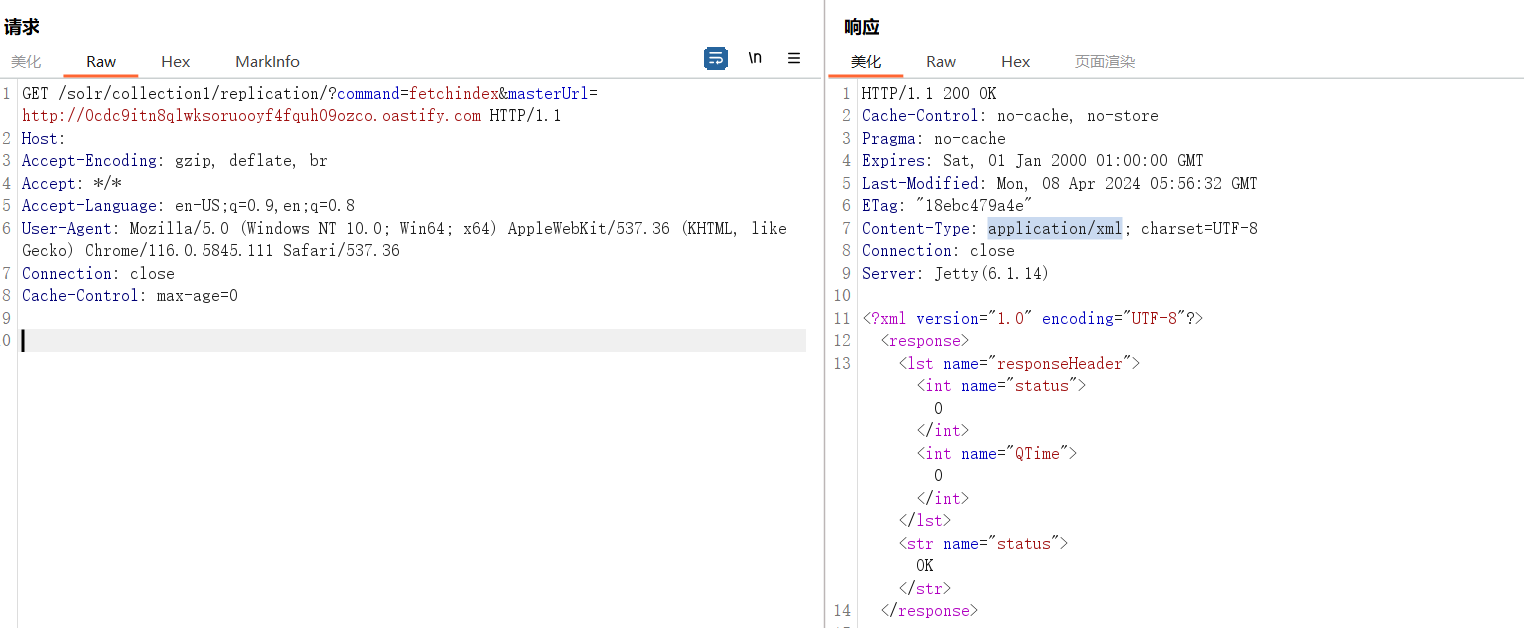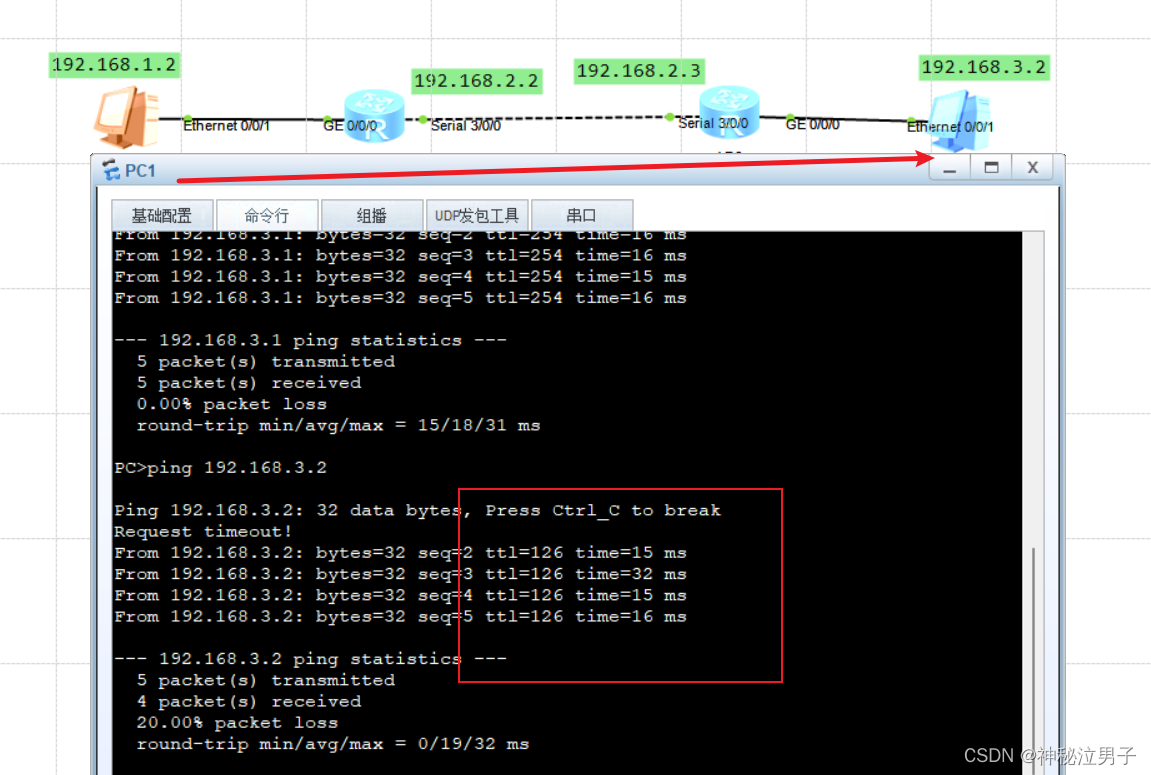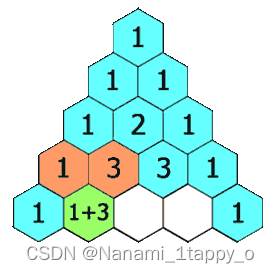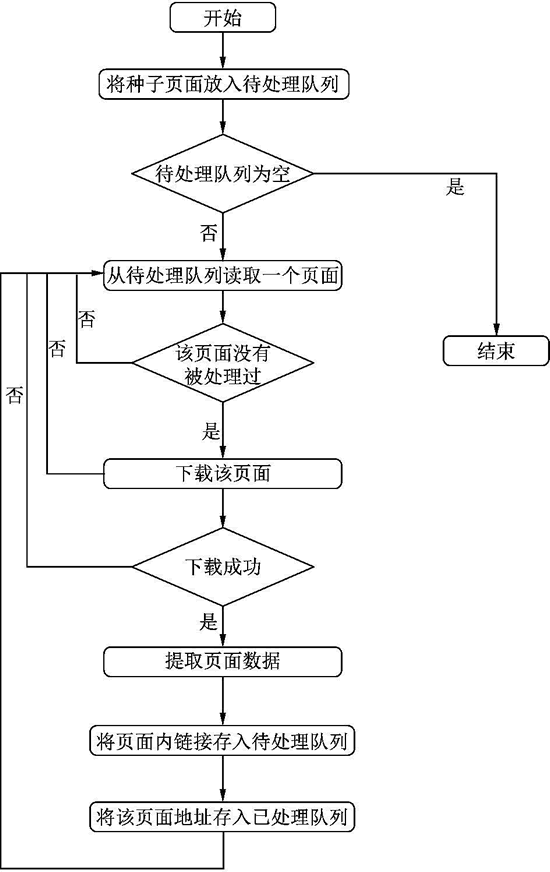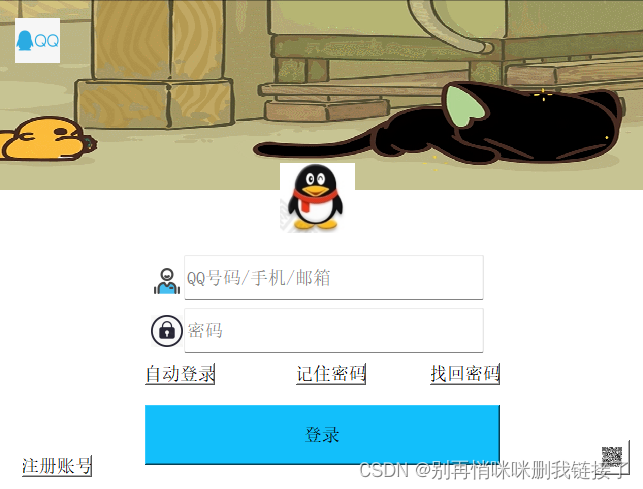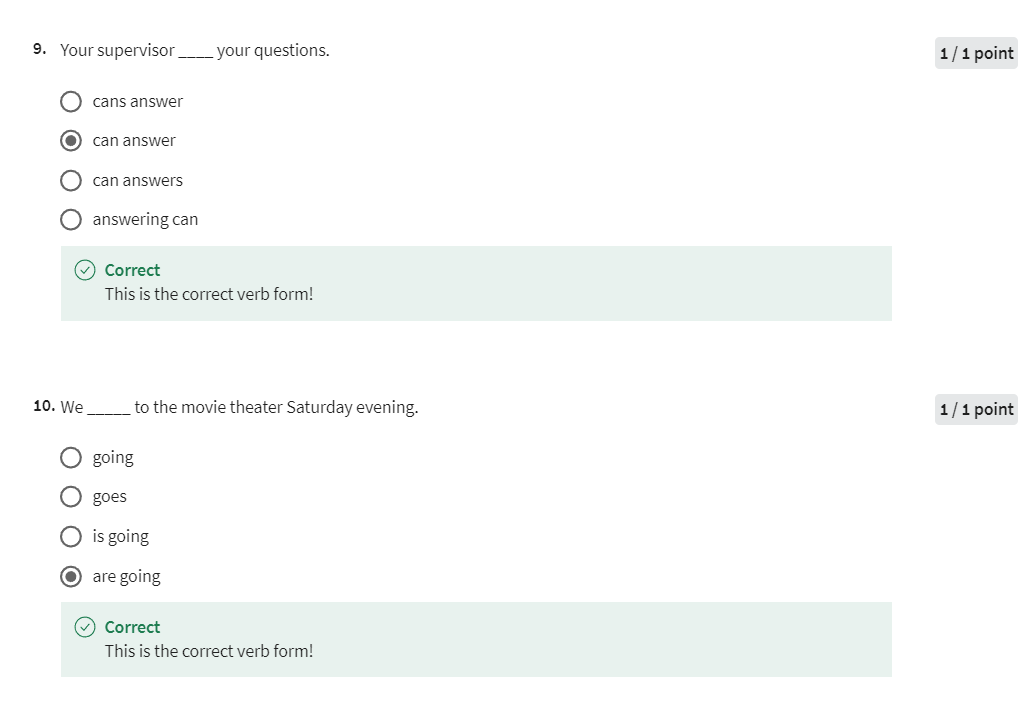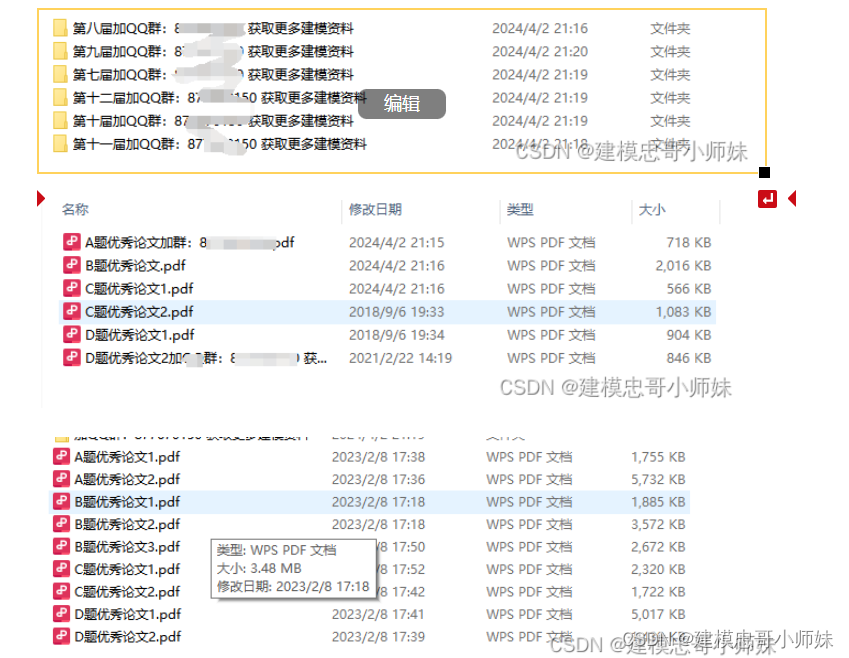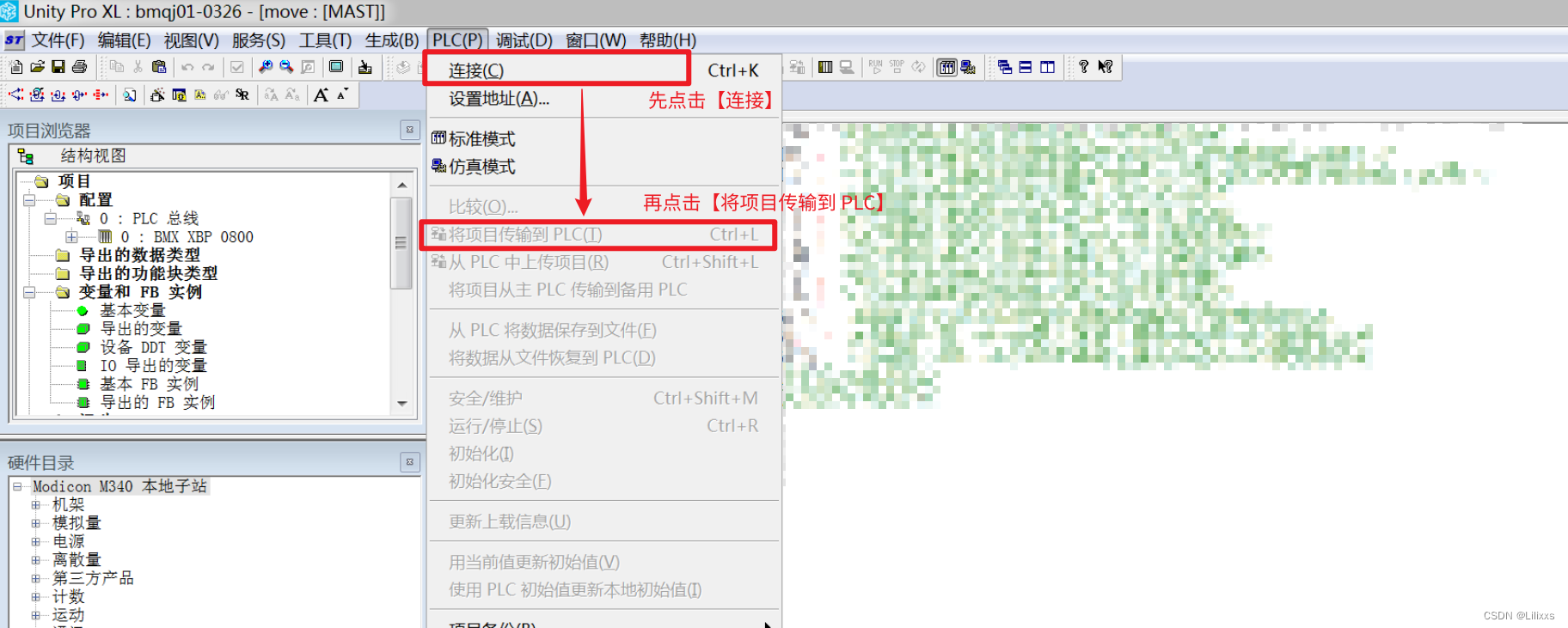如果用PHP来编写后端代码,需要用Apache或者Nginx的服务器,来处理客户的请求响应。对于Node.js时,不仅实现了应用,同时还实现了整个HTTP服务器.
安装 Node Snippets插件(编程自带提示)

console.log('你好nodejs');
//表示引入http模块
var http = require('http');
/*
request 获取url传过来的信息
response 给浏览器响应信息
*/
http.createServer(function (request, response) {
//设置响应头
response.writeHead(200, {'Content-Type': 'text/plain'});
//表示给页面上面输出一句话并且结束响应
response.end('Hello World!');
}).listen(8081);//端口
console.log('Server running at http://127.0.0.1:8081/');

//引入http模块
const http=require('http');
//http.createServer((req,res)=>{
http.createServer(function (req,res) {
//req 获取客户端传过来的信息
//res 给浏览器响应信息
console.log(req.url);//获取url
//设置响应头
//状态码是200,文件类型是html,字符集是utf-8
res.writeHead(200,{"Content-type":"text/html;charset='utf-8'"}); //解决乱码
res.write("<head><meta charset='UTF-8'></head>"); //如果没有这一行,下面的 "你好" 是乱码 //解决乱码
res.write('this is nodejs');
res.write('你好 nodejs');
res.end();//结束响应,如果没有这一行,浏览器左上角的图标一直在转圈
}).listen(3000); //端口建议3000以上,防止冲突

总结:
引入http模块
var http=require(“http”)
